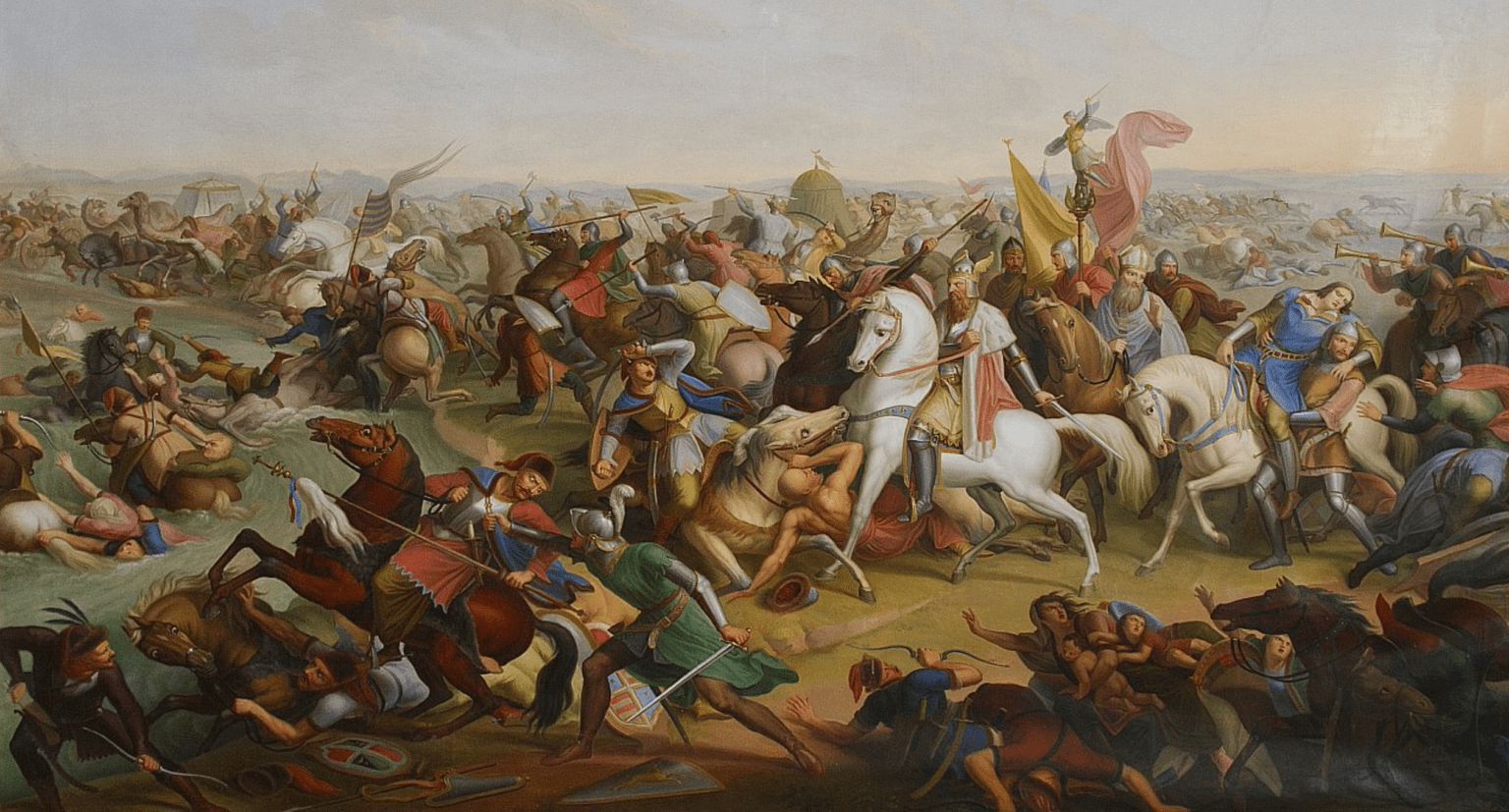
Broom, a common household cleaning tool, may seem like a mundane item at first glance. However, this seemingly ordinary object holds a plethora of surprising facts that many people are unaware of. From its historical significance to its impact on folklore and even its potential health benefits, the broom has a rich and fascinating story to tell.
In this article, we will explore 14 surprising facts about brooms that will leave you amazed and intrigued. These facts encompass not only the practical aspects of broom usage but also delve into the cultural and symbolic representations associated with this humble cleaning implement. So, grab your broom and let’s sweep away the misconceptions as we uncover the hidden secrets behind this everyday household item.
Key Takeaways:
- Broom, a versatile tool with a rich history, has been used for centuries and comes in various shapes and sizes, serving purposes beyond just sweeping floors.
- From being a symbol of cleanliness to inspiring art and even having its own festival, broom has a fascinating cultural significance and has influenced the design of other objects like brushes and vacuum cleaners.
Broom has been used for centuries.
Broom, a household cleaning tool, has been in existence for hundreds of years. Its origins can be traced back to ancient civilizations such as the Egyptians and the Romans.
Broom is made from natural and synthetic materials.
Traditionally, brooms were made from natural materials such as straw or twigs tied together. Nowadays, synthetic materials like nylon or polyester are commonly used to make broom bristles.
Broom comes in different shapes and sizes.
There is a wide variety of broom designs available in the market. Some brooms have long handles for reaching high places, while others are smaller and more suitable for indoor use.
Broom is commonly associated with witchcraft.
In folklore and popular culture, brooms have been linked to witches and their flying abilities. However, this association is purely fictional and has no basis in reality.
Broom can be used for more than just sweeping.
While brooms are commonly used for sweeping floors, they can also be used for other purposes such as cleaning outdoor areas, removing cobwebs, or even as a prop in Halloween decorations.
Broom has symbolic meanings in different cultures.
In some cultures, brooms symbolize cleanliness, purification, or the sweeping away of negative energies. They are often used in rituals or ceremonies to signify a fresh start.
Broom racing is a popular sport.
Believe it or not, there is a sport called broom racing where participants ride brooms and compete in races. It is a unique and exhilarating activity enjoyed by many adrenaline seekers.
Brooms can be heirlooms.
In some families, brooms are passed down from generation to generation as cherished heirlooms. They hold sentimental value and are seen as a symbol of family traditions.
The phrase “broomstick” is often used metaphorically.
The term “broomstick” is commonly used in idiomatic expressions or metaphors to describe something fast, efficient, or easily adaptable. For example, “She managed to learn the new software in no time, as if she was riding a broomstick.”
Broom has inspired works of art.
Brooms have served as subjects for various works of art throughout history. They have been depicted in paintings, sculptures, literature, and even in modern-day installations.
Broom-making is a skill passed down through generations.
Creating a high-quality broom requires craftsmanship and expertise. In some communities, broom-making is considered a specialized skill that is taught and passed down from one generation to another.
Broom has variations in different cultures.
Different cultures have their own unique versions of brooms. For example, the African countries have straw brooms with distinctive shapes, while Japanese traditional brooms are made from bamboo.
Broom has inspired the design of other objects.
The shape and functionality of brooms have inspired the design of other objects such as brushes, mops, and even certain types of vacuum cleaners.
Broom has its own festival.
In the town of Hindley, England, a Broomstick Festival is held annually to celebrate the history and cultural significance of brooms. The festival includes parades, competitions, and various broom-related activities.
Conclusion
In conclusion, the broom is a fascinating and versatile tool that has been used for centuries. From its humble beginnings as a bundle of twigs to the modern versions we see today, the broom has evolved and adapted to meet various cleaning needs. It’s remarkable to think about the hidden history and surprising facts behind such a commonplace item. Whether you’re using a broom to sweep the floor or as a symbol of traditional folklore, there’s no denying the significance and impact of this simple yet powerful tool.
FAQs
Q: Why is the broom associated with witches?
A: The association between brooms and witches can be traced back to ancient times. The broom was believed to have the power to sweep away evil spirits, and witches were thought to use brooms as a means of transportation during their nocturnal activities.
Q: Are there different types of brooms?
A: Yes, there are several different types of brooms available. Traditional brooms are made from natural materials like straw and twigs, while modern brooms often have synthetic bristles. There are also specialized brooms for different purposes, such as push brooms for large surface areas and handheld brooms for smaller spaces.
Q: Can brooms be used for purposes other than cleaning?
A: Absolutely! Brooms have been used for various purposes throughout history. In some cultures, brooms are used in traditional dances and ceremonies. They can also be utilized for decoration, as symbols of luck and protection, or even as costume accessories during Halloween.
Q: Where did the phrase “broomstick wedding” come from?
A: The term “broomstick wedding” refers to a marriage ceremony that is not legally recognized. It originates from a tradition where couples would jump over a broomstick together as a symbolic act of commitment. While the phrase is often associated with informal unions or elopements, it does not hold any legal significance.
Q: Can brooms be recycled?
A: Yes, brooms can be recycled depending on the materials they are made from. Natural brooms made of straw or twigs can be composted or used as mulch, while brooms with plastic or synthetic bristles can be recycled with other plastic items. It’s important to check your local recycling guidelines for specific instructions.
Broom's fascinating history, symbolism, and versatility make it a household item worth exploring further. For those interested in learning about social media influencers, Austin McBroom's surprising facts might pique your curiosity. If you're looking to improve gut health, consider reading about Colon Broom's nutritional benefits and how it acts as a magic gut cleanser. Lastly, if you want to keep your living space tidy, check out our top picks for the best dust pan and brush combinations available on the market today.
Was this page helpful?
Our commitment to delivering trustworthy and engaging content is at the heart of what we do. Each fact on our site is contributed by real users like you, bringing a wealth of diverse insights and information. To ensure the highest standards of accuracy and reliability, our dedicated editors meticulously review each submission. This process guarantees that the facts we share are not only fascinating but also credible. Trust in our commitment to quality and authenticity as you explore and learn with us.


